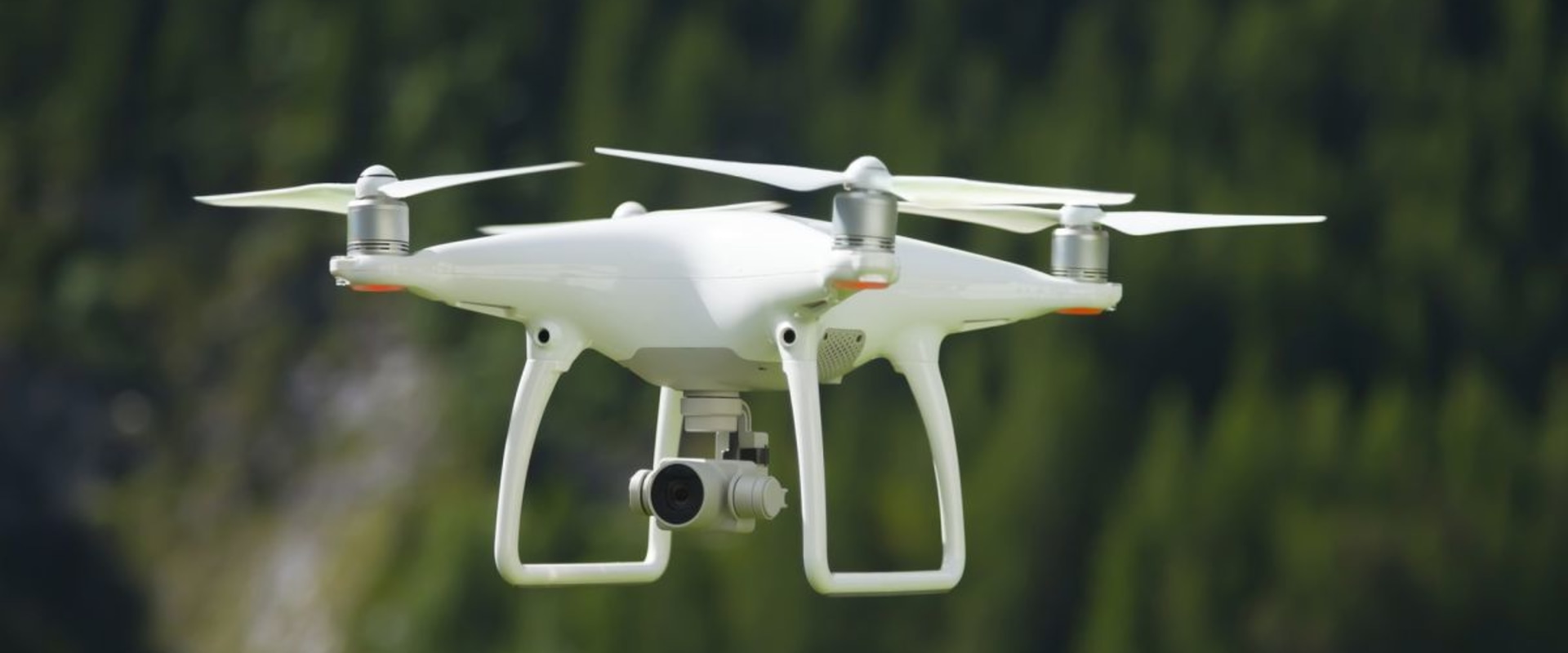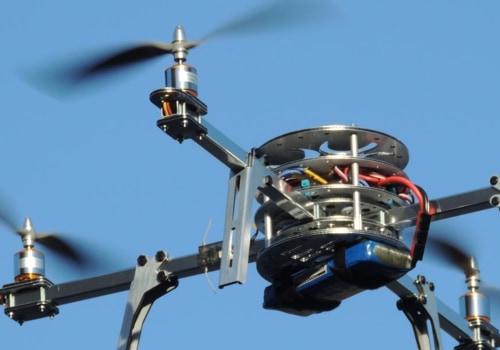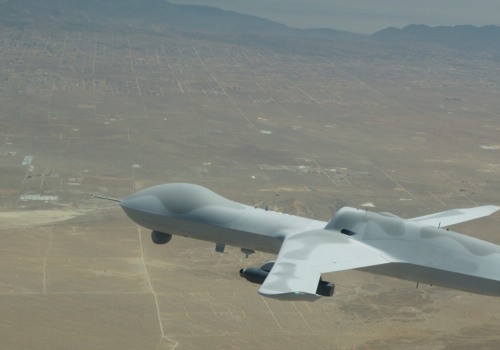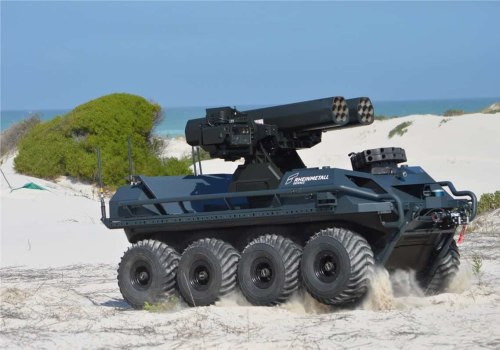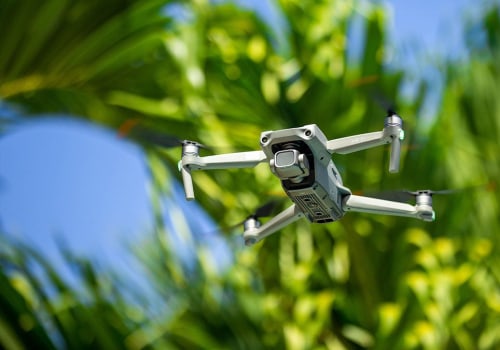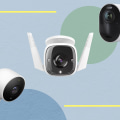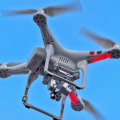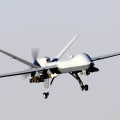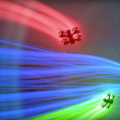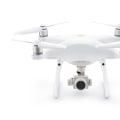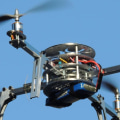Are you ready to take your drone racing to the next level? Build-your-own racing drones are the perfect way to customize your drone to your exact specifications and create a truly unique flying experience. But with so many components and options, it can be difficult to know where to start. This article will provide everything you need to know about building your own racing drone, from the necessary components to tips on making sure you get the best performance out of your custom creation. We'll cover all of the basics, like selecting the right frame, motors, and propellers, as well as more advanced topics like optimizing your build for better performance. Whether you're a beginner or a seasoned drone racer, this article will give you all the knowledge you need to build your own racing drone.
Parts You Need:
Racing drones are made up of several different components, each of which plays an important role in the overall performance and stability of the drone.These components include motors, frames, propellers, batteries, control systems, cameras, and more. When selecting parts for your racing drone, it’s important to consider the size of the drone, its intended purpose, and the type of environment it will be flown in. For example, larger drones will require larger motors and stronger frames, while smaller drones may require lighter components.
Building Tips:
Once you’ve chosen the right parts for your racing drone, the next step is to assemble it.Depending on the complexity of the build, this process can take anywhere from a few hours to a few days. Before starting the assembly process, it’s important to read through the instructions carefully and make sure you understand what each step entails. Additionally, it’s a good idea to have a basic understanding of electronics and soldering before attempting to build your own racing drone.
Flying Tips:
Once your racing drone is built and ready to fly, there are a few tips that can help you get the most out of your flying experience.First and foremost, familiarize yourself with the different flight modes available on your drone, such as acro mode or stabilized mode. Knowing when to use each mode can help you become a better pilot. Secondly, practice some basic maneuvers such as banking turns and flips so you can become more confident in your abilities. Finally, it’s also important to know how to avoid obstacles while flying your racing drone.
Troubleshooting: Even with extensive practice and preparation, problems can still arise while flying a racing drone. Common issues include motor failure, battery issues, or connection problems between the controller and the drone. If any of these issues arise, it’s important to take the necessary steps to troubleshoot them before attempting to fly again. Additionally, it’s a good idea to have spare parts on hand in case you need to replace any components during the troubleshooting process.
Racing Drone Reviews:
If you’re looking for a quality racing drone that is ready-to-fly out of the box, there are several options available on the market today.Popular models include the Parrot AR Drone 2.0 and DJI Phantom 3 Standard quadcopter. Both of these models offer excellent performance and stability for beginner and advanced pilots alike. Additionally, they come with powerful cameras and easy-to-use flight controls that make them great for aerial photography and acrobatic stunts.
Flying Tips for Your Racing Drone
When flying a racing drone, it's important to remain safe and mindful of your surroundings.To help you get the most out of your racing drone experience, here are some tips and techniques for flying like a pro: Flight Modes: Racing drones usually come with various flight modes, such as manual, sport, and acro mode. Before flying, make sure you understand the differences between each mode and what type of maneuvers you can do in each one. For example, manual mode allows for precise control of the drone’s speed and direction, while sport mode offers more agility and maneuverability.
Maneuvers:
When flying a racing drone, it's important to practice maneuvers like rolls, flips, and dives. These types of maneuvers can help you become more familiar with your drone's capabilities, so it's best to practice them in an open space away from obstacles.Obstacle Avoidance:
Racing drones can be difficult to maneuver around obstacles, so it's important to practice obstacle avoidance techniques before flying.Some drones come with obstacle avoidance technology, but it's still important to practice maneuvering around objects in the sky.
Battery Management:
Battery management is key when it comes to racing drones. Make sure you keep an eye on your drone’s battery life and land the drone before it runs out of power. This will help you avoid crashes and extend the life of your drone’s batteries.Safety First:
Above all else, safety should be your top priority when flying a racing drone. Make sure you fly in an open area away from people and other objects.Additionally, be mindful of local laws and regulations when flying a racing drone in public spaces.
Building Tips for Your Racing Drone
Choosing the Right PartsWhen building a racing drone, it’s important to select components that are specifically designed for racing. This includes everything from the frame to the motors, ESCs, and propellers. Generally, you’ll want to select parts that are lightweight and powerful, while still being affordable.Consider researching different parts and reading reviews from other drone enthusiasts before making a decision. You’ll also need to consider the compatibility of each part. Make sure that all of the components you choose are compatible with one another and will work together effectively. This means checking the motor type, mounting holes, weight, current draw, and other specifications.
Assembling Your Drone
Once you’ve chosen the right parts for your drone, it’s time to start assembling it. Before you begin, make sure that you have all of the necessary tools and supplies on hand.These include a soldering iron, tweezers, wire cutters, pliers, screws, zip ties, and a soldering station. Once you have everything you need, start putting your drone together following the instructions provided with your components. Make sure that each part is securely attached to the frame and that all connections are firmly soldered. You may also want to use zip ties or other methods to ensure a secure fit.
Testing Your Drone
After your drone is assembled, it’s important to test it before taking it out into the field. This includes performing a range check to make sure that all of the components are communicating properly.You should also make sure that your drone responds correctly to commands from your controller and that the motors are spinning at the right speed. Finally, you can use a simulator program to test the performance of your drone. This will allow you to practice flying without having to worry about crashing your drone in real life.
Racing Drone Reviews
Are you looking for the best racing drone to build your own? Here we review some of the most popular options available on the market today.DJI Mavic Air 2
The DJI Mavic Air 2 is an easy-to-fly drone with powerful features and impressive image quality. It has a compact design and can fold up for easy storage, making it perfect for beginners.The Mavic Air 2 has an advanced obstacle avoidance system, a 4K camera, and a 30-minute flight time. It’s also capable of capturing 8K Hyperlapse videos, making it one of the most popular racing drones on the market.
Parrot Anafi
The Parrot Anafi is another great option if you’re looking for a racing drone. This drone is lightweight and compact, making it easy to transport. It also has a unique 180-degree tilt camera that can capture stunning aerial shots.The Anafi has a 25-minute flight time and an impressive 4K camera. It also has a FlightAutonomy system with obstacle avoidance sensors, making it great for beginners.
DJI Phantom 4 Pro V2.0
The DJI Phantom 4 Pro V2.0 is a powerful and reliable racing drone. It has an impressive 30-minute flight time and a 4K camera. The Phantom 4 Pro V2.0 also has an obstacle avoidance system, allowing you to fly with confidence.Its intelligent flight modes make it easy to capture stunning aerial shots, while its innovative flight performance makes it perfect for experienced pilots.
Yuneec H520
The Yuneec H520 is a great choice for those looking for an affordable racing drone. It has a 25-minute flight time and a 4K camera, making it capable of capturing stunning aerial shots. The H520 also has an obstacle avoidance system, making it great for beginners. Its foldable design makes it easy to transport, and its built-in GPS makes it easy to track your flights.Troubleshooting Tips for Your Racing Drone
Troubleshooting Tips for Your Racing DroneWhen it comes to flying a racing drone, there are certain issues that can arise.From connection problems to calibration issues, troubleshooting can be a daunting task. To help you out, here are some of the most common issues and their solutions for racing drones. One of the most common issues is with the connection between the drone and the remote controller. This can be caused by a variety of factors, including interference from other radio signals or problems with the antenna. To fix this issue, try moving to a location with less interference and make sure the antenna is properly connected. Another issue that can arise is with the drone's calibration.
If your drone is not properly calibrated, it may not be able to fly correctly or even at all. To fix this issue, you'll need to make sure that the drone's motors and sensors are properly calibrated. This can usually be done through the settings menu in the drone's companion app. Finally, if you're having trouble controlling your drone or it's not responding correctly, it may be due to a faulty controller. This can be caused by an issue with the controller itself or with its connection to the drone.
To fix this, check that all connections are secure and replace any faulty parts if necessary. By following these troubleshooting tips, you should be able to get your racing drone up and running in no time. With the right knowledge and tools, you'll be able to enjoy all the excitement that comes with flying a racing drone.
Parts You Need for Your Racing Drone
When it comes to building a racing drone, there are several key components you need to consider. These include motors, frames, propellers, batteries, control systems, cameras and other accessories.Motors
Motors are the heart of your racing drone and they dictate how fast and how agile it will be.Generally, brushless motors are used as they are more powerful and reliable than brushed motors. The number of motors you need depends on the design of your frame and how many propellers you plan to use.
Frames
Frames provide the structure for your racing drone and come in a variety of shapes, sizes and materials. Common materials used include carbon fiber and plastic, with carbon fiber being the preferred choice for professional racers.You should select a frame that is light yet durable and allows for a good balance between maneuverability and stability.
Propellers
Propellers are what propel your racing drone forward and provide the thrust needed for quick acceleration and tight turns. The size of the propeller will determine the amount of thrust generated so it’s important to select the right size for your drone.Batteries
The battery is an essential component of any racing drone as it provides the power needed to keep your motors running.The type of battery you choose will depend on the weight of your drone, the motor size, and how long you want to fly for.
Control Systems
Control systems allow you to control your drone remotely and typically consist of a transmitter and receiver. The transmitter is used to send commands to your drone while the receiver receives these commands and relays them to the motors.Cameras
Cameras can be used to capture stunning aerial footage from your racing drone.Most racing drones come with an FPV (First Person View) camera which allows you to see what your drone sees in real-time. This can be used to make sure you stay on course while competing in a race.
Accessories
In addition to the core components of a racing drone, there are several accessories that can help enhance your experience. These include landing pads, spare propellers, batteries, antennas, gimbals and more. Building your own racing drone can be a fun and rewarding experience. You need to be aware of the parts you need, the tips and tricks for building it, the flying tips, and the troubleshooting tips for your drone.After reading this guide, you should have a better understanding of how to build your own racing drone. If you're looking for more information, there are plenty of racing drone reviews available online that can help you get started. No matter what level of drone enthusiast you are, building your own racing drone can be a great experience. With the right components, some patience, and a little bit of knowledge, you can build a racing drone that will give you hours of enjoyment and satisfaction.
